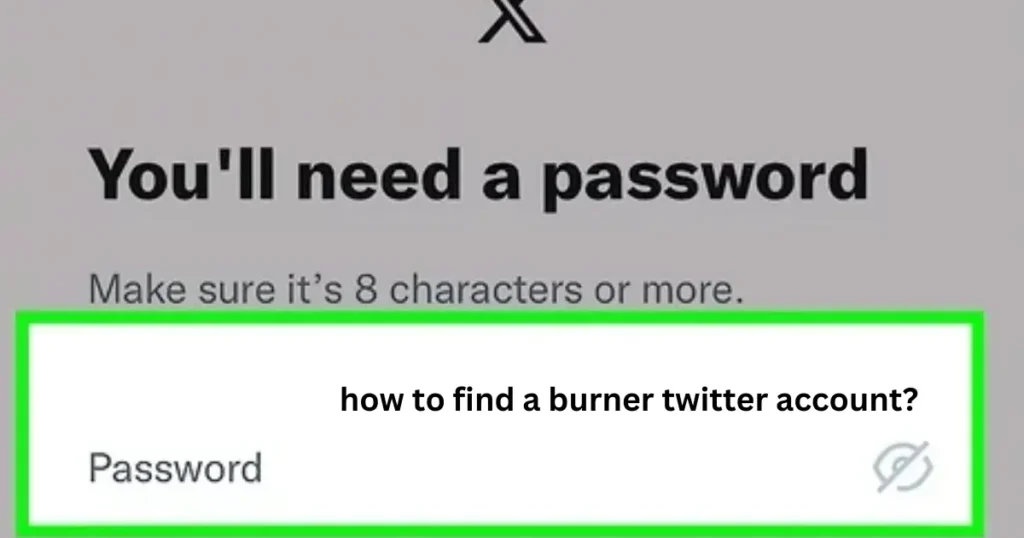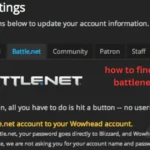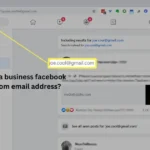Have you ever seen a Twitter account and thought, “Hmm, this seems fake”? Maybe it has a weird name, no profile picture, or only posts about one thing. You might be looking at a “burner account.”
Burner accounts are like secret identities on Twitter. People use them to hide who they really are. Sometimes they’re used for fun, but other times people use them to be mean or spread false information.
In this guide, we’ll learn how to spot these burner accounts. We’ll look for clues like strange usernames, missing profile pictures, and unusual tweeting habits. Think of it like detective work – we’ll gather evidence to figure out if an account is the real deal or a burner.
What is a Burner Twitter Account?
A burner Twitter account is an account someone uses to stay hidden. It’s like a disguise for their real identity on Twitter. People create these accounts for different reasons:
- To stay anonymous: Some people want to share their thoughts without their name attached.
- To avoid consequences: If someone wants to say something controversial, they might use a burner account to avoid getting in trouble with their friends, family, or employer.
- To spread misinformation: Sadly, some people use burner accounts to trick others with false information.
Why Might You Want to Find a Burner Twitter Account?
There are a few reasons why you might be interested in finding a burner account:
- To protect yourself: If someone is harassing you online, you might want to see if they’re using a burner account to hide their real identity.
- To stop the spread of misinformation: If you see an account sharing false information, you might want to investigate if it’s a burner account trying to manipulate people.
- To understand online behavior: Researchers and journalists often look for burner accounts to understand how people behave online when they think they are anonymous.
How to Find a Burner Twitter Account: Common Characteristics
Now, let’s put on our detective hats and look for clues! Here are some common signs that a Twitter account might be a burner:
Username and Profile Clues:
- Strange or generic usernames: Burner accounts often have usernames that are a random mix of letters and numbers, or very common names like “JohnSmith12345.”
- Missing profile picture or a generic image: A real person usually has a picture of themselves or something they like. Burner accounts might have no picture or a very basic image.
- Incomplete bio: Burner accounts often have empty bios or very short descriptions.
- Account created recently: Many burner accounts are created just before they’re used for a specific purpose.
Tweeting Behavior Clues:
- Limited number of tweets: Burner accounts might only have a few tweets, often focused on a single topic.
- Retweeting without original content: These accounts might only retweet others and not post their own thoughts.
- Following very few accounts: Real people usually follow friends, family, and people they’re interested in. Burner accounts might follow very few accounts or only follow accounts that share their views.
- Sudden increase in activity: A burner account might suddenly become very active, posting and retweeting a lot in a short time.
- Unusual tweeting times: Some burner accounts are automated, meaning a computer program controls them. These accounts might tweet at odd hours or in a very regular pattern.
Content Clues:
- Aggressive or inflammatory language: Burner accounts are often used to spread hate speech or attack others.
- Focusing on a single topic or agenda: These accounts might only tweet about one thing, like politics or a particular product.
- Sharing misinformation or conspiracy theories: Burner accounts are sometimes used to spread false information and manipulate people.
| Feature | Burner Account Characteristics | Real Account Characteristics |
|---|---|---|
| Username | Random, generic, or unusual | Personal, recognizable |
| Profile Picture | Missing or a generic image | Photo of the user or related image |
| Bio | Incomplete or very short | Detailed, personal information |
| Tweets | Few, focused on one topic | Varied, personal thoughts and interests |
| Retweets | Mostly retweets, no original content | Mix of retweets and original content |
| Following | Very few accounts followed | Follows friends, family, interests |
| Activity | Sudden bursts, unusual timing | Consistent, normal activity patterns |
| Content | Aggressive, focused, misinformation | Varied, personal, balanced |
Tools and Techniques to Uncover Burner Accounts
While the characteristics above can help you spot potential burner accounts, here are some extra tools and techniques:
- Reverse image search: If the account has a profile picture, try using Google Image Search or TinEye to see if the picture is used elsewhere online. This can help you determine if it’s a real person’s photo or a stock image.
- Check for account history: Look for the account’s creation date. If it’s very recent, it could be a burner. Also, see if the account has changed its username or display name in the past.
- Analyze their followers: See who follows the account. Are they mostly other burner accounts or accounts with similar suspicious characteristics?
- Use Twitter’s advanced search: Twitter allows you to search for tweets by specific keywords, hashtags, and dates. You can use this to see if the account has a history of suspicious activity.
- Third-party tools: Several online tools and browser extensions claim to help identify burner accounts. However, be cautious when using these tools, as their accuracy may vary.
How to Report a Burner Twitter Account
If you find a burner account that is engaging in harmful behavior like harassment, spreading misinformation, or impersonating someone, you can report it to Twitter. Here’s how:
- Go to the account’s profile.
- Click on the three dots icon.
- Select “Report.”
- Follow the instructions to explain why you are reporting the account.
| Reason for Reporting | Description |
|---|---|
| Spam | The account is sending unwanted messages or promoting products excessively. |
| Abuse or Harassment | The account is sending offensive or threatening messages. |
| Misinformation | The account is spreading false information. |
| Impersonation | The account is pretending to be someone else. |
Remember, reporting an account doesn’t guarantee that Twitter will take action. However, it helps Twitter identify and address accounts that violate their terms of service.
Protecting Yourself from Burner Accounts
- Be cautious about who you interact with: If you don’t know the person behind an account, be careful about sharing personal information or engaging in arguments.
- Think critically about the information you see: Don’t believe everything you read on Twitter. Check the source and look for evidence to support the claims.
- Report suspicious activity: If you see an account behaving suspiciously, report it to Twitter.
Conclusion: Staying Safe and Informed on Twitter
Learning how to find a burner Twitter account is an important skill in today’s digital world. By paying attention to the signs we’ve discussed – like strange usernames, missing profile pictures, and unusual tweeting patterns – you can become a Twitter detective and spot these accounts.
Remember to use the tools and techniques we’ve covered to gather evidence and protect yourself from those who might misuse the platform. Stay vigilant, think critically, and report suspicious activity to help make Twitter a safer and more trustworthy space for everyone.
FAQs
Is it illegal to have a burner Twitter account?
Having a burner Twitter account is not illegal in itself. However, using it for illegal activities like harassment, threats, or spreading false information is against the law.
Can I find out who is behind a burner Twitter account?
It is generally difficult to find out the real identity behind a burner Twitter account, as they are designed to be anonymous. However, in some cases, law enforcement or Twitter itself might be able to identify the user if there is evidence of illegal activity.
What should I do if I suspect someone I know has a burner Twitter account?
If you suspect someone you know has a burner account and is using it to harm others or spread misinformation, you can try talking to them directly or reporting the account to Twitter if it violates their terms of service.
Can a burner Twitter account be used for good purposes?
While burner accounts are often associated with negative activities, they can be used for good purposes as well. For example, people in countries with limited free speech might use burner accounts to express their opinions without fear of reprisal.
How can I protect my privacy on Twitter?
To protect your privacy on Twitter, use a strong password, be mindful of the information you share in your profile and tweets, and review your privacy settings regularly. You can also choose to make your account private so that only approved followers can see your tweets.







